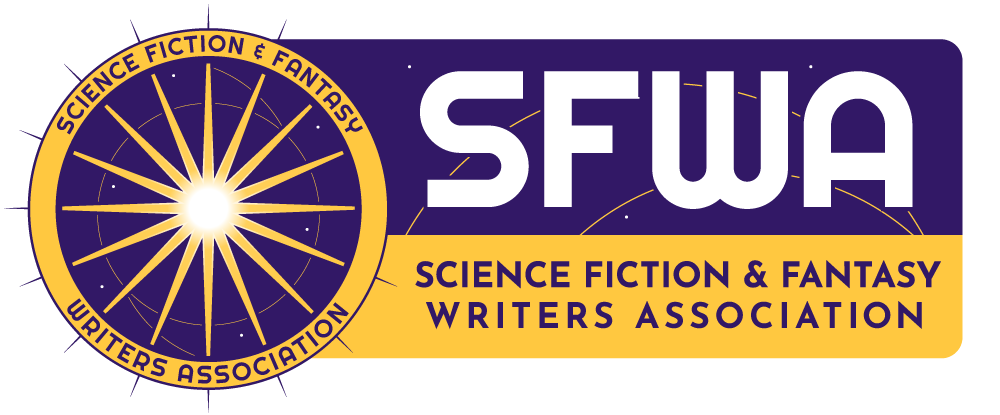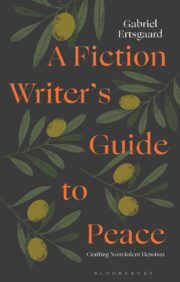Guest Post: Beyond the First Two Pages
The logistics of slush piles demand ruthlessness, and stories that don’t intrigue the reader early on won’t get a second chance later. So, you’ve got your hook. It’s dramatic, it’s ingenious, and it’s free of typos. Your first two pages have been polished to near oblivion. Now what?


